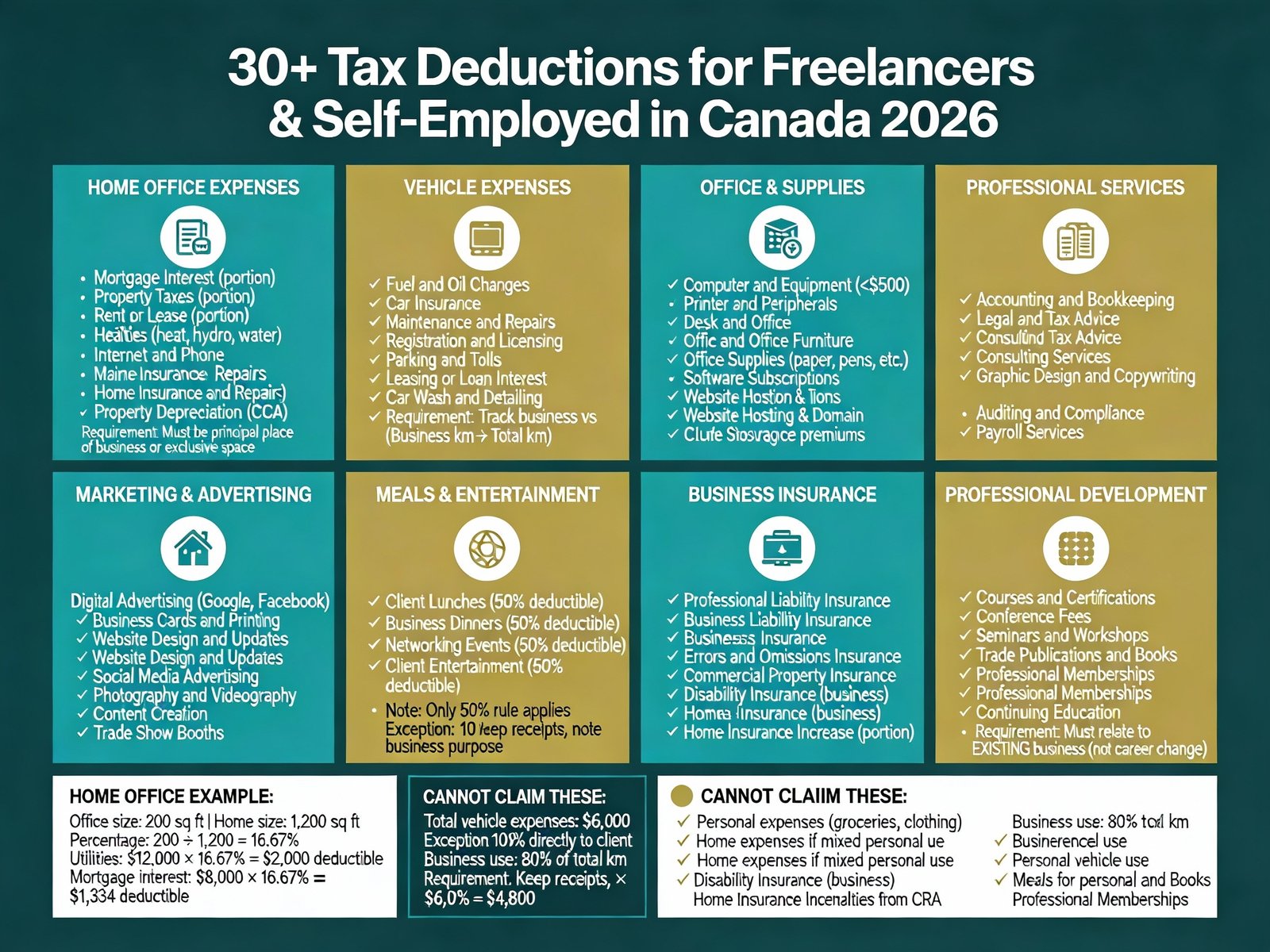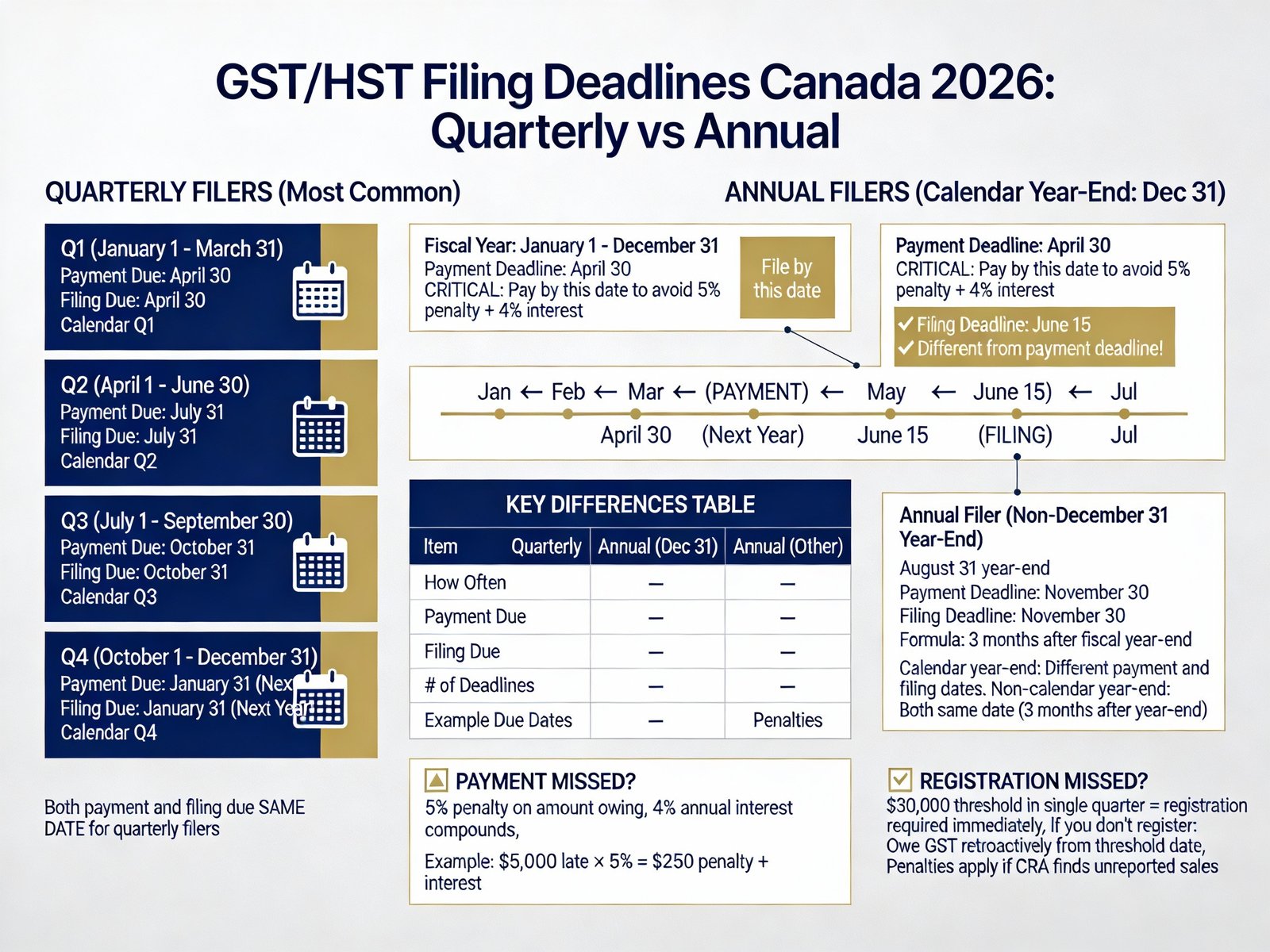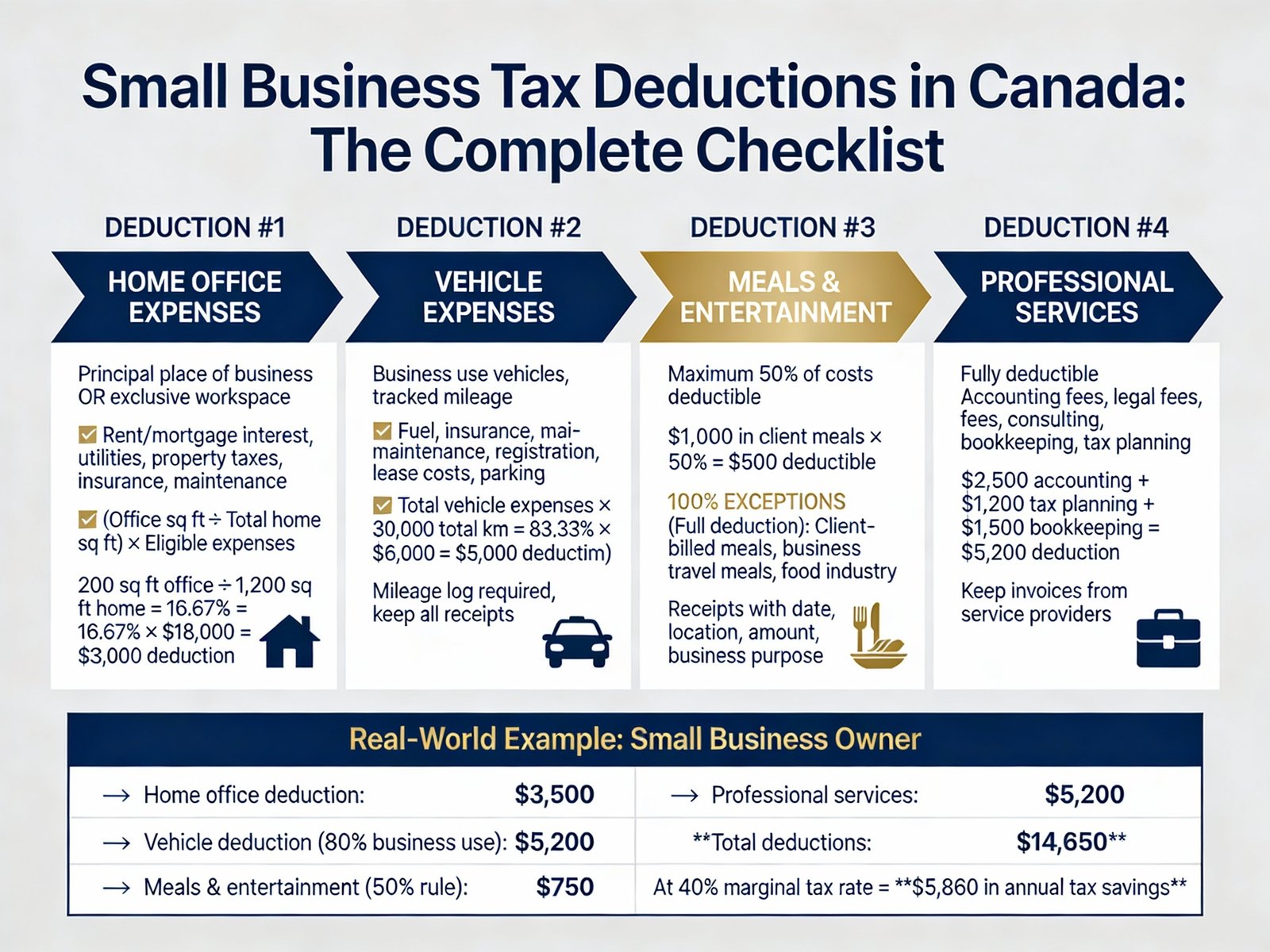In Canada, the charitable donation tax credit is a powerful incentive for individuals to support charitable organizations. This tax benefit encourages philanthropy but also one’s taxable income. By offering credit for charitable contributions, the Canadian Revenue Agency (CRA) acknowledges the importance of giving back to society while providing tangible financial benefits to donors.
Understanding the intricacies of the charitable donation tax credit is crucial to maximizing its advantages. This article delves into the eligibility criteria for donations, the process to claim the credit, and the limits on donation amounts. It also explores strategies to make the most of this tax incentive, addresses special situations, and highlights provincial differences. By grasping these concepts, Canadian taxpayers can make informed decisions about their charitable giving while optimizing their tax positions.

What is the Charitable Donation Tax Credit?
Canada’s Charitable Donation Tax Credit is a powerful incentive to encourage philanthropy and support charitable organizations. This tax benefit allows individuals to reduce their taxable income by claiming credits for their philanthropic contributions. The credit system operates at federal and provincial levels, offering significant tax advantages to donors.
When individuals make donations to registered charities and claim their donation receipts, they can take advantage of these tax incentives. The credit helps make a difference to the donor’s chosen cause and provides a financial benefit to the donor. It’s important to note that specific rules and limits govern how these credits can be claimed.
Federal Tax Credit Rates
At the federal level, the charitable donation tax credit is structured in two tiers:
- For the first CAD 277.60 of donations, donors receive a credit of 15% of the donated amount.
- For donations exceeding CAD 277.60, the credit rate increases to 29% of the additional amount.
However, there’s an additional benefit for high-income earners. Starting from the 2016 taxation year, the federal government introduced a 33% tax credit rate for donations over CAD 277.60, applicable to the extent that the taxpayer has taxable income, which attracts tax at the 33% personal income tax rate.
Provincial Tax Credit Rates
Provincial tax credits vary across Canada, adding another layer of benefit to charitable giving. Here’s an overview of how provincial credits work:
- For the first CAD 277.60 of donations, most provinces apply their lowest personal tax rate, with some exceptions:
- Alberta: As of January 1, 2023, the rate for the first CAD 277.60 has been increased to 60% (previously 10%).
- Quebec: Uses the middle tax rate of 20% instead of the lowest rate of 16%.
- For donations exceeding CAD 277.60, most provinces apply their highest personal tax rate, with some variations:
- New Brunswick: Uses a rate of 17.95% for donations over CAD 277.60 (since 2009).
- Ontario: The rate is 11.16% for donations over CAD 277.60 (since 2012). However, the effective rate can be higher for higher income brackets due to Ontario surtaxes.
- Quebec: Starting from the 2017 taxation year, provides a 25.75% tax credit rate for donations over CAD 277.60, applicable to taxpayers with taxable income in the highest tax bracket.
It’s worth noting that some provinces have additional complexities:
- Prince Edward Island: Due to the PEI surtax, the effective tax rate for donations over CAD 277.60 is 18.37% for taxable incomes over CAD 140,332.37 in 2023. However, this surtax will be eliminated in 2024.
- Ontario: The effective tax rates can be higher due to surtaxes, reaching 13.39% for taxable incomes over CAD 120,336.84 and 17.41% for taxable incomes over CAD 141,763.40.
In one tax year, individuals can claim a maximum of 75% of their net income as charitable donations. Any unused donation amounts can be carried forward for up to five years, providing flexibility in maximizing the tax benefits of charitable giving.
Understanding these nuances of the Charitable Donation Tax Credit system can help Canadian taxpayers make informed decisions about their charitable giving while optimizing their tax positions. For expert guidance on navigating these complexities and maximizing your tax benefits, BOMCAS Canada offers comprehensive accounting and tax return services tailored to your needs.
Eligible Donations
Canada’s charitable donation tax credit applies to a wide range of contributions made to qualified organizations. Understanding what constitutes an eligible donation is crucial for taxpayers seeking to maximize their tax benefits while supporting worthy causes.
Qualified Donees
Contributions must be made to qualified donees recognized by the Canada Revenue Agency (CRA) to claim a charitable donation tax credit. These organizations are authorized to issue official donation receipts, essential for claiming tax credits. Qualified donees include:
- Registered charities
- Registered journalism organizations (RJOs)
- Registered Canadian Amateur Athletic associations
- Registered national arts service organizations
- Registered housing corporations resident in Canada set up only to provide low-cost housing for the aged
- Registered municipalities in Canada
- Registered municipal or public bodies performing a function of government in Canada
- The United Nations and its agencies
- The Government of Canada, provinces, or territories
- Universities outside Canada with Canadian students registered with the CRA
- Registered foreign charities to which the Government of Canada has made a gift
It’s important to note that while most qualified donees appear on publicly available lists maintained by the CRA, some entities like the United Nations, its agencies, and Canadian government bodies qualify automatically and are not included.
Types of Eligible Donations
Eligible donations can take various forms, and understanding these can help donors make informed decisions about their charitable giving. Some common types of eligible contributions include:
- Cash donations: The most straightforward contribution form, easily tracked and receipted.
- Gifts of property: This can include real estate, securities, or other valuable assets.
- Gifts of ecologically sensitive land: Special provisions exist for donations of land with ecological importance.
- Gifts of certified cultural property: Donations of culturally significant items may qualify for additional tax incentives.
- Gifts to U.S. charities: Under certain conditions, donations to American charities may be eligible for Canadian tax credits.
- Gifts of non-qualifying securities: These are subject to specific rules and may require additional documentation.
When claiming charitable donation tax credits, taxpayers should report their contributions on electronic federal and provincial tax returns or Schedule 9 paper tax returns. The federal tax credit rate is 15% on the first CAD 277.60 of donations and 29% on additional amounts. Provincial credit rates vary but generally range from 4% to 25%.
It’s worth noting that in a single tax year, individuals can claim a maximum of 75% of their net income as charitable donations. Any unused donation amounts can be carried forward for up to five years, providing flexibility in maximizing tax benefits.
For those seeking to optimize their charitable giving strategy and navigate the complexities of the Canadian tax system, BOMCAS Canada offers expert accounting and tax return services. Their team can provide tailored advice on making the most of charitable donation tax credits while ensuring compliance with CRA regulations.
Claiming the Tax Credit
To take advantage of Canada’s charitable donation tax credit, taxpayers need to follow specific procedures and meet certain requirements. This process involves obtaining proper documentation and accurately reporting donations on tax returns.
Donation Receipts
Official donation receipts are crucial for claiming the charitable donation tax credit. These receipts must be issued by qualified donees recognized by the Canada Revenue Agency (CRA). The receipt should include the donor’s name, the charity’s name and registration number, the date of the donation, and the amount contributed.
Starting March 31, 2019, official donation receipts must include the CRA’s website address (canada.ca/charities-giving). This change helps ensure the legitimacy of the receipt and provides donors with easy access to information about charitable giving.
For those who make donations through platforms like CanadaHelps, obtaining receipts has become more streamlined. CanadaHelps automatically email tax receipts to donors for each contribution, regardless of whether they have an account. Account holders can access their receipts securely at any time, and even those without an account can retrieve previous years’ receipts using a receipt download tool.
It’s advisable to keep donation receipts for at least five years after filing, as the CRA may request them for verification. If a receipt is lost, the charity should be able to provide a replacement.
Claiming on Your Tax Return
When it comes to reporting charitable donations on tax returns, taxpayers have several options:
- Electronic Filing: Charitable donations can be reported directly on federal and provincial tax returns for those filing electronically.
- Paper Filing: If using paper forms, donations should be reported on Schedule 9 of the tax return.
- Federal Credit: The federal charitable donation tax credit is claimed on Line 34900 of the T1 form.
- Provincial Credit: The provincial credit is claimed on Line 58969 of the provincial Form 428.
The tax credit calculation involves different rates depending on the donation amount:
- Federal Level: 15% credit on the first CAD 277.60 of donations and 29% on additional amounts.
- Provincial Level: Credit rates range from 4% to 25%, varying by province.
It’s important to note that in a single tax year, individuals can claim a maximum of 75% of their net income as charitable donations. Any unused donation amounts can be carried forward for up to five years, allowing flexibility in maximizing tax benefits.
A strategic approach to claiming donations can lead to more significant tax savings. For instance, accumulating donations over multiple years before claiming them can be beneficial. This strategy takes advantage of the higher credit rate for donations exceeding CAD 277.60. However, it’s worth noting that Alberta offers a unique 75% rate on donations under CAD 277.60, making this strategy less applicable in that province.
For those seeking expert guidance on optimizing their charitable donation tax credits and navigating the complexities of Canadian tax regulations, BOMCAS Canada offers comprehensive accounting and tax return services. Their team of professionals can provide tailored advice to help maximize tax benefits while ensuring compliance with CRA requirements.
Donation Limits
Annual Claim Limits
The Canada Revenue Agency (CRA) has established specific limits on the amount of charitable donations that can be claimed for tax purposes. Generally, taxpayers can claim up to 75% of their net income as donations in a tax year. This limit ensures that individuals can benefit from their charitable giving while maintaining a balance in the tax system.
There are, however, exceptions to this rule. In the year of death or the year preceding death, the limit increases to 100% of net income. This provision allows for greater flexibility in estate planning and charitable giving near the end of life.
The donation limit can be increased under certain circumstances, mainly when capital or depreciable property is donated. For capital property donations, the limit can be raised by 25% of the net amount of current-year taxable capital gains from the donated property, less any capital gains deduction claimed for the donation of that property. This applies to qualified farming, fishing property, or small business corporation shares.
Similarly, for donations of depreciable property, the limit can be increased by 25% of such contributions. To calculate this increase, taxpayers should refer to Chart 2 in the CRA guide P113 Gifts and Income Tax. When filing taxes, the resulting amount should be entered on line 33700 of Schedule 9.
Carry-Forward Rules
One of the most beneficial aspects of Canada’s charitable donation tax credit system is the ability to carry forward unused donation amounts. Taxpayers are not required to claim the eligible amount of gifts made in the current year on their income tax and benefit return for that year. Instead, they can carry these amounts forward and claim them on their return for the next five years.
The carry-forward period is extended to ten years for gifts of ecologically sensitive land made after February 10, 2014. This extended period recognizes the unique nature and importance of such donations.
When deciding whether to claim donations in the current year or carry them forward, taxpayers should consider which option provides the most beneficial tax outcome. Factors to consider include current and future income levels, expected tax rates, and other deductions or credits that may be available.
It’s important to note that when claiming carried-forward donations, taxpayers must claim tax credits for gifts carried forward from a previous year before claiming tax credits for gifts made in the current year. This ensures that older donations are utilized before they expire.
To maintain accurate records, taxpayers should keep track of the portion of the eligible amount they are claiming in the current year and the amount they are carrying forward. This documentation is crucial for future tax planning and in case of any inquiries from the CRA.
For those seeking expert guidance on optimizing their charitable donation strategy and navigating these complex rules, BOMCAS Canada offers comprehensive accounting and tax return services. Their team of professionals can provide tailored advice to help maximize tax benefits while ensuring compliance with CRA requirements. By leveraging their expertise, taxpayers can make informed decisions about their charitable giving and take full advantage of the available tax incentives.
Strategies to Maximize the Credit
To make the most of Canada’s charitable donation tax credit, taxpayers can employ several strategies. These approaches can help maximize the tax benefits while supporting worthy causes.
Combining donations with spouse
One effective strategy involves combining donations with a spouse or common-law partner. The Canada Revenue Agency (CRA) allows taxpayers to claim donations from either spouse in the current or any preceding five taxation years. This flexibility can lead to significant tax advantages when utilized strategically.
When deciding whether to combine donations, couples should consider the following:
- Tax bracket differences: If one spouse is in a higher tax bracket, it may be more beneficial for that individual to claim the entire donation.
- Credit rate thresholds: The federal charitable tax credit rate is 15% for the first CAD 277.60 donated, increasing to 29% for amounts exceeding this threshold. Couples can reach the higher credit rate more quickly by combining donations.
- Provincial considerations: Each province has different tax credit rates, which can impact the overall benefit of combining donations. For example, Alberta offers a unique 60% tax credit rate for the first CAD 277.60 of donations, making it an exception to the general rule.
It’s important to note that splitting donations between spouses may sometimes result in a lower overall credit. This is because each spouse would have CAD 277.60 of donations at the lower tax credit rate instead of just one spouse benefiting from, the higher rate on amounts exceeding this threshold.
Timing of donations
Strategic timing of charitable contributions can also enhance the tax benefits received. Here are some key considerations:
- Year-end donations: To receive a charitable donation receipt for a specific taxation year, the charity must receive the donation by December 31st of that year. This deadline is crucial for those looking to maximize their credits in a particular tax year.
- Carry-forward option: Taxpayers can carry out unused donation amounts for up to five years. This allows for strategic planning across multiple tax years to optimize the credit’s impact.
- Income fluctuations: Consider the impact of expected changes in income levels when deciding whether to claim donations in the current year or carry them forward. Higher-income years may provide more significant benefits due to potentially higher marginal tax rates.
- Capital gains considerations: Donating these assets directly to charity can offer additional benefits for those investing in stocks or mutual funds. This approach not only increases the size of the contribution but also provides a capital gains tax break. By donating appreciated securities directly, taxpayers can avoid paying tax on capital gains while receiving a charitable tax receipt for the total value of the asset.
To illustrate this strategy, consider the following example:
A taxpayer purchased stock several years ago, which has since increased in value by 300%. If they were to sell the stock to make a charitable gift, they would pay tax on the capital gains, and the charity would only receive the net proceeds of the sale. However, by donating the stock directly to the charity:
- The charity receives the total value of the stock
- The taxpayer avoids paying tax on the capital gains
- The taxpayer receives a charitable tax receipt for the total value of the asset
For those seeking expert guidance on optimizing their charitable donation strategy and navigating these complex rules, BOMCAS Canada offers comprehensive accounting and tax return services. Their team of professionals can provide tailored advice to help maximize tax benefits while ensuring compliance with CRA requirements.
Special Situations
Gifts of Property
When individuals make gifts of property to family members, they should consider various financial, personal, tax, and legal implications. The Canada Revenue Agency (CRA) treats such gifts as if they were sold at fair market value (FMV) at the time of gifting. This means any appreciation in the property’s value between acquisition and gifting becomes taxable to the giver.
There are several options for gifting property to adult family members:
- Direct cash transfer or cheque
- Transferring securities to a family member’s investment account
- Purchasing or transferring real estate (with legal assistance)
- Settling a trust with designated family members as beneficiaries
- Including specific family members in a Will
It’s crucial to acknowledge that once a gift is made, it’s no longer available to the giver, even in case of future financial need. Therefore, gifts should be considered within an overall financial plan to avoid potential hardship.
Tax implications of property gifts include:
- Capital gains tax on appreciation (50% of the appreciation is added to the giver’s taxable income)
- Potential recapture of previously taken Capital Cost Allowance for rental properties
- Currency gains or losses for foreign-denominated securities
Property should never be transferred for less than its FMV to avoid double taxation. Legal ownership changes are necessary when gifting property or real estate. Options include direct gifting, putting real estate in a trust, or gifting shares of a corporation if the property is held in one.
When considering gifting versus waiting to bequest an inheritance, factors to consider include:
- Timing of help needed
- Recipient’s maturity
- Giver’s financial needs
- Tax implications
- Fairness among multiple beneficiaries
To protect against divorce or future financial hardship, one strategy is to take back a mortgage equal to the FMV on the transferred property. This can help with future cash flow needs and may allow capital gains reserve to defer taxation of accrued gains.
Ecological Gifts
Canada’s Ecological Gifts Program offers significant tax benefits to landowners who donate ecologically sensitive land or a partial interest in land to qualified recipients. Since its inception in 1995, the program has received 1,886 ecological gifts valued at over one billion dollars, protecting more than 248,000 hectares of wildlife habitat.
Key benefits of the Ecological Gifts Program include:
- Corporate donors can deduct the gift amount directly from taxable income
- Individual donors receive a non-refundable tax credit
- Donations must be certified as ecologically sensitive according to specific national and provincial criteria
Eligible donations can take various forms:
- Conservation easements, covenants, or servitudes: Legal agreements registered on title that protect a property’s conservation value by placing permanent terms and conditions on its use.
- Retained rights to use donated lands: In common law jurisdictions, donors can give away a remainder interest in land while retaining a life interest. In Quebec, donors can retain usufruct, use, or superficies rights.
It’s important to note that unauthorized alterations to donated properties may result in a federal tax equal to 50% of the current FMV of the land for charitable and municipal recipients.
For expert guidance on navigating these complex situations and maximizing tax benefits while ensuring compliance with CRA requirements, BOMCAS Canada offers comprehensive accounting and tax return services tailored to your needs.
Provincial Differences
Canada’s charitable donation tax credit varies significantly across provinces, reflecting the diverse approaches to encouraging philanthropy throughout the country. These differences can substantially impact the tax benefits donors receive, making it crucial for taxpayers to understand the specific rules in their province.
Quebec’s Unique Rules
Quebec stands out with its distinctive approach to charitable donation tax credits. Unlike other provinces, Quebec does not use the lowest tax rate of 16% for the first CAD 277.60 donations. Instead, it applies the middle tax rate of 20%, providing a more generous initial credit for donors. This unique structure encourages even small donations by offering a higher return on the initial contribution.
Furthermore, Quebec has implemented additional measures to incentivize more significant donations. Starting from the 2017 taxation year, the province introduced a 25.75% tax credit rate for donations exceeding CAD 277.60. This higher rate applies to taxpayers’ taxable income in the highest tax bracket. This progressive approach aims to encourage substantial charitable contributions from high-income earners.
Quebec has also taken steps to simplify the donation process for taxpayers. The province eliminated the 75% income limitation for donations in 2016 and subsequent taxation years. This change allows donors to claim more of their charitable contributions, potentially increasing the overall tax benefit.
Other Provincial Variations
While Quebec’s system is notably different, other provinces also have their unique features:
- Alberta: In a significant move to boost charitable giving, Alberta increased its donation tax credit rate for the first CAD 277.60 to 60%, effective January 1, 2023. This substantial increase from the previous 10% rate makes Alberta’s initial credit the most generous in Canada.
- Ontario: The province uses a rate of 11.16% for donations over CAD 277.60, which is lower than its highest personal tax rate. However, due to Ontario surtaxes, the effective rate can be higher for those in higher income brackets, reaching up to 17.41% for certain taxpayers.
- New Brunswick: The province sets a specific rate of 17.95% for donations exceeding CAD 277.60, which has been in effect since 2009.
- Prince Edward Island: Due to the PEI surtax, the effective tax rate for donations over CAD 277.60 is 18.37% for taxable incomes over CAD 140,332.37 in 2023. However, this surtax is set to be eliminated in 2024, which will likely impact the donation credit structure.
- British Columbia and Yukon: These jurisdictions have unique rates for donations exceeding CAD 277.60 that differ from their highest personal tax rates.
Notably, most provinces apply their lowest personal tax rate for the first CAD 277.60 of donations and their highest individual tax rate for amounts exceeding this threshold. However, as seen in the examples above, there are notable exceptions to this general rule.
For taxpayers navigating these complex provincial differences, seeking professional advice can be invaluable. BOMCAS Canada offers comprehensive accounting and tax return services, providing expert guidance on optimizing charitable donations within the context of each province’s unique tax credit system. Their team can help donors maximize their tax benefits while ensuring compliance with both federal and provincial regulations.
Conclusion
Canada’s charitable donation tax credit significantly encourages philanthropy while providing tangible financial benefits to donors. Understanding the nuances of this system, from eligibility criteria to provincial variations, allows taxpayers to make informed decisions about their charitable giving. The ability to carry forward unused donation amounts and strategically time contributions offers flexibility to maximize tax advantages.
Navigating the complexities of the charitable donation tax credit system can be challenging, but the potential benefits make it worthwhile to explore. To make the most of these opportunities and ensure compliance with CRA regulations, seeking expert guidance is crucial. BOMCAS Canada is your accounting firm when you need support with accounting and tax return services. Their team can help you optimize your charitable giving strategy, maximize tax benefits, and contribute meaningfully to causes you care about.










 View Our Location
View Our Location





 181 Meadowview Bay, Sherwood Park, AB T8H 1P7, Canada (Online Clients Only)
181 Meadowview Bay, Sherwood Park, AB T8H 1P7, Canada (Online Clients Only)